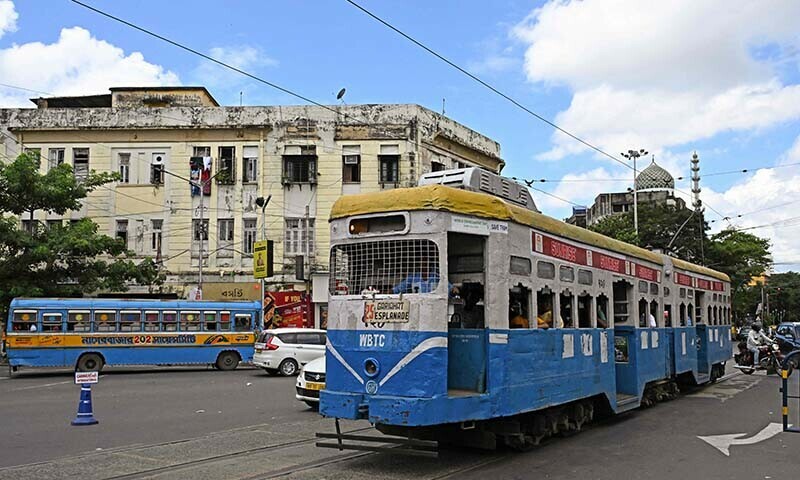
[ad_1]

KOLKATA: The dinging bell of a tram rattling through the streets of the Indian city of Kolkata is all it takes for Deep Das to have the “happiest moment” of his day.
“There were times when there were frequent buses… but I still waited for the trams,” the 18-year-old student said. But while their fans hail the slow-moving transport system as the “glory” of the megacity and an integral part of how historic Kolkata grew, the 151-year-old network is under threat.
A lackadaisical attitude to maintaining the tram system has contributed to its slow decay. Das is among a group of enthusiasts called the Calcutta Tram Users’ Association (CTUA) fighting to protect the trams.
CTUA leader and retired biochemist Debashish Bhattacharyya argues that city authorities risk losing a cheap transport solution with green credentials. “The investment you require is minimum,” Bhattacharyya said, accusing politicians of ignoring the potential “economic success” of the trams.
“The life of the trams is 50 to 80 years, in contrast to five to 10 years for buses — and their operational running cost is minimum.” The trams evoke the soul of the city for many, he said. “This is the only city in India with tramways,” he said.
“If this is removed, then this glory — of not only the city, of the country — will be lost,” he warned. Introduced in the sprawling eastern city in 1873 during the early days of the imperial British Raj, trams in Kolkata were initially horse-drawn, then steam-driven. Electric-powered trams took to the streets in 1900.
The tram now rumbles on the serpentine roads in the city, weaving its way through snarled traffic jams of vintage yellow taxis, trucks, buses, cars and, at times, cattle.
Sometimes tram infrastructure acts as poles for clotheslines, with laundry flapping in the breeze.
Published in Dawn, September 23rd, 2024
[ad_2]
Source link






